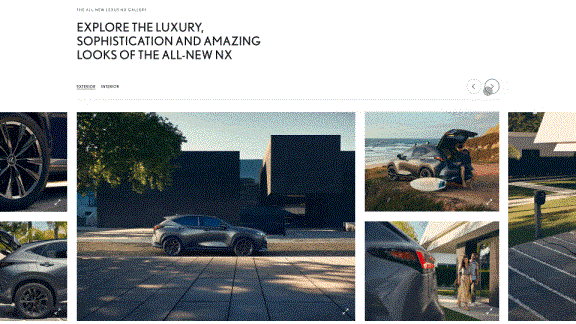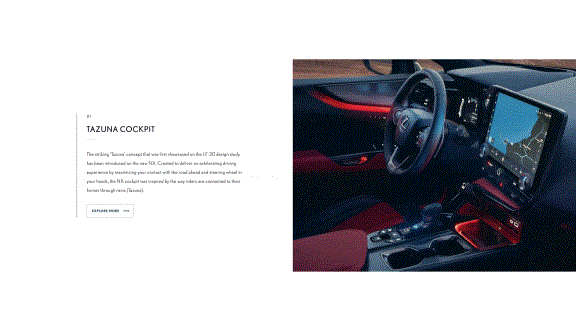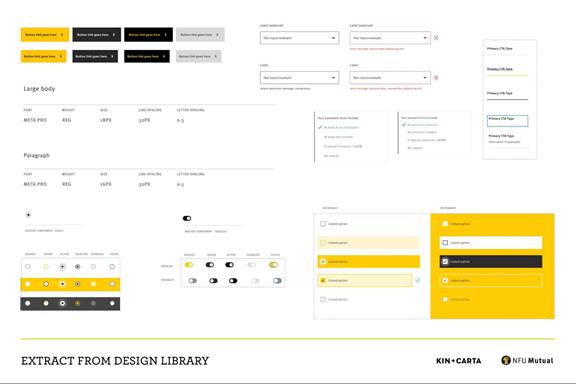Five steps to delivering effective digital brand experiences

When the headwinds of the economy challenge business growth, it’s prudent to focus efforts on customer retention. Keeping loyal customers engaged requires intelligence and understanding. Like any good relationship, maintaining a consistent and relevant connection over time is essential, and as important as the first moments that brought you together.
Growing and maintaining a good level of brand consistency is something that many organisations are failing to achieve, especially through the delivery of their digital services, products and experiences. When speed to market is a priority, brand experience is too often overlooked and can become an expensive after-thought when its absence is really felt.
When it comes to modern digital experiences, your brand can and should be your strongest point of difference. The technology landscape has arguably become table stakes - and it’s your brand personality, values and behaviours that really set you apart. So connecting your campaign and channel activity authentically and seamlessly with your digital products and platforms is more important than ever. Fail to communicate your brand consistently through your digital ecosystem and risk wasting your investment, or worse damaging your reputation.
Here are our five steps to delivering a standout digital brand experience:
1. Know yourself. Know your customer
It sounds obvious, but many organisations don’t have an up-to-date view of their market positioning. They might not know what their unique proposition is; or understand their values. And chances are they struggle to communicate their personality and link this to the way they behave, physically or digitally. This is especially true with bricks and mortar retailers and traditional CPGs.
If all of this is defined, then great. Here stand the pillars of a strong, well defined brand strategy.
But are these brand pillars connected to the needs of the customer? Is there a clear view of who their customers are and their emotional triggers? And what does a successful digital experience look like through their eyes?
Only when you draw direct correlation between the pillars of your brand and the needs of the customers, can you begin to plot out the fundamentals of a successful brand experience.
2. Ensure digital behaviours are core to your strategy
For many organisations, the translation of their brand into the digital experience still only stretches as far as aligning their fonts, colours and logos. Of course, these are foundational aspects, but they barely scratch the surface when creating a standout, modern experience with ever increasing expectations of what a “good” consumer experience is.
There must be consideration for how a brand strategy can inform and define more emotive and behavioural aspects of the digital experience. How you interact as a brand can play out in a multitude of ways.
From our long standing partnerships with brands such as Lexus, we have seen that focusing on defining these expressive aspects of the experience can reap rewards. From the pacing and feedback of motion graphics and micro interactions; or the tonality of copy and storytelling, art direction or personalisation can make the difference needed to set experiences apart and make them feel authentic. All aspects require definition to trigger the emotions that drive long term loyalty. And then with the overlay of real, social proof e.g. customer reviews where suitable, to reinforce trust and transparency.
Failing to consider the emotive and behavioural aspects of a brand’s personality upfront can leave an experience, service or product feeling flat, uninspiring and lacking in human connection.



